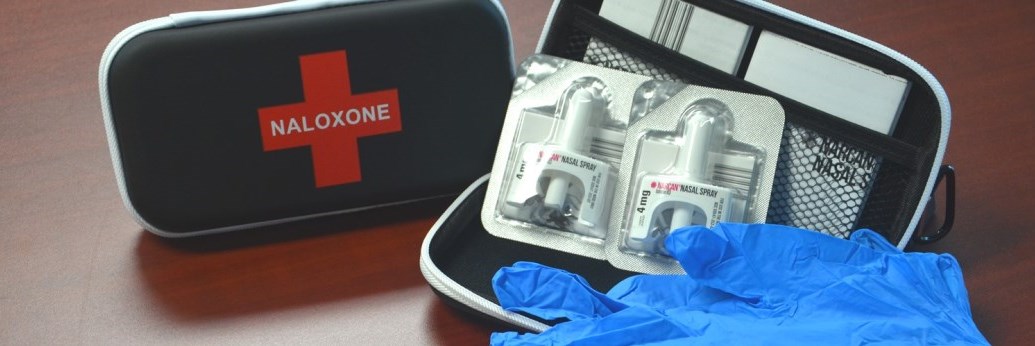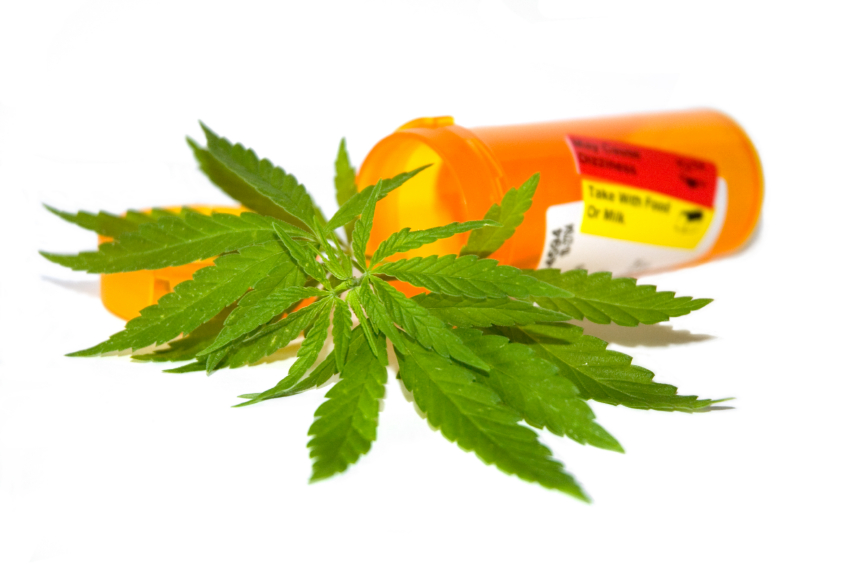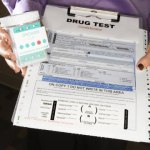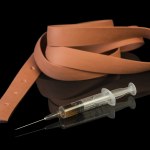When this article showed up in my inbox one morning, I wasn’t sure what to make of it. After all, it described an incident involving a San Diego officer who suffered what sure looked like a potentially fatal overdose, merely from handling a confiscated sample of fentanyl powder. My immediate thought: “Is that even possible?” Because in recent months I had been told it wasn’t.
Yet here they were, live and accompanied by dramatic video, courtesy of the San Diego County Sheriff’s Department.
Authorities say San Diego County deputy overdosed after coming in contact with fentanyl
I wasn’t too surprised when other articles, more critical in tone, appeared over the next few days. Here’s an example, reprinted from the New York Times:
Video of Officer’s Collapse After Handling Powder Draws Skepticism
It’s a bit confusing. Still, I know many in law enforcement had never accepted the verdict of medical experts about the issue of ‘contact’ ODs. “They’re not out there in the street with us,” one argued. “So how can they know?” That’s the ‘ivory tower’ objection. Another officer insisted she’d witnessed contact ODs herself. If the EMT’s hadn’t already been on the scene with naloxone, she felt sure death would have been the result.
If naloxone had successfully reversed the officer’s coma, that would of course help to prove that an opioid overdose was involved — presumably from surface contact. If naloxone hadn’t been effective, it would suggest the opposite: that it wasn’t an opioids OD at all.
In the San Diego case, by the way, naloxone had been administered nasally, by another officer. It appeared to have no effect.
Here’s an expert’s opinion: “The only way to overdose is from injecting, snorting or some other way of ingesting [fentanyl],” said Dr. Ryan Marino, medical director of toxicology and addiction medicine at University Hospitals in Cleveland. “You cannot overdose from secondhand contact.”
So how do we explain what we saw onscreen? Another expert, also quoted in the NYT piece, suggested it could have been influenced by “the enormous stress and panic among law enforcement officers around this issue.”
Meaning the officer may have experienced an extreme anxiety reaction and passed out.
I suppose that’s a possibility. I’ve witnessed similar incidents in ER and crisis clinics.
We’ll need to wait until all the results are in to form a final opinion. Clearly, though, many in law enforcement believe it’s possible to overdose and possible die from skin to skin contact with street quality fentanyl.
For them at least, that will be enough until proven otherwise.














It seems like all that would be required would be to administer a quantitative blood or urine test to identify the presence of fentanyl; then make the results public, with the affected officer’s permission of course. I called the story BS as soon I heard/saw it.